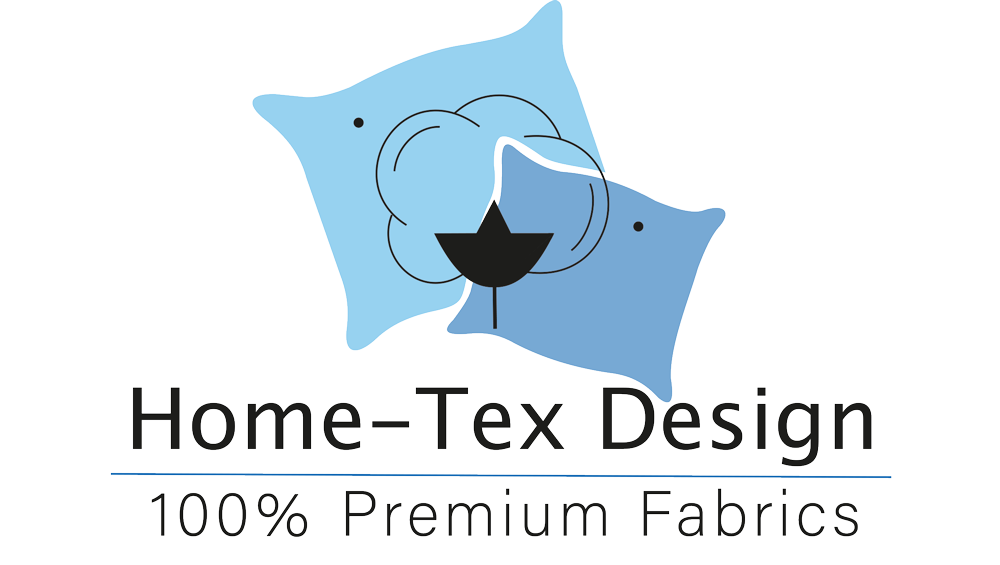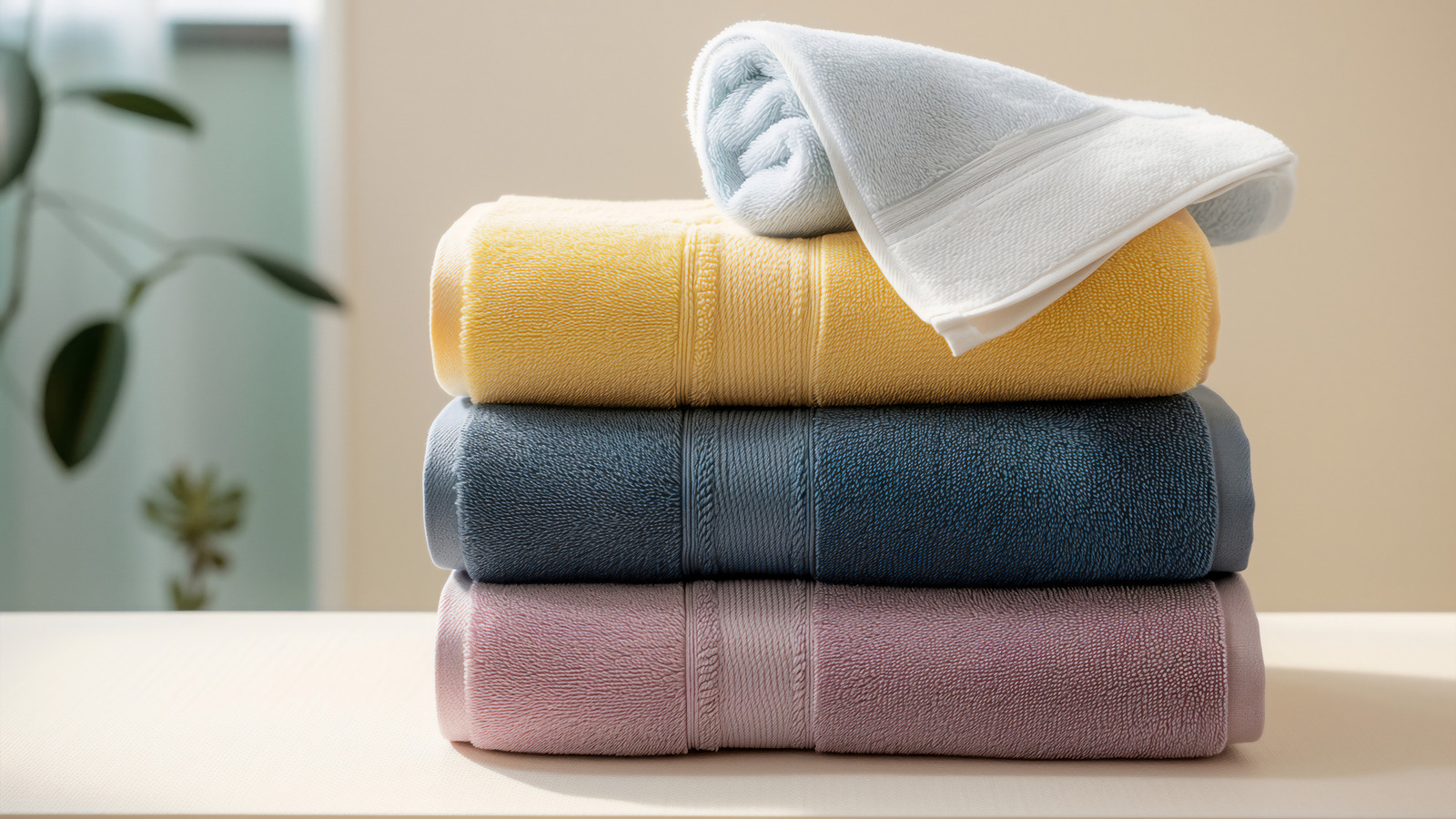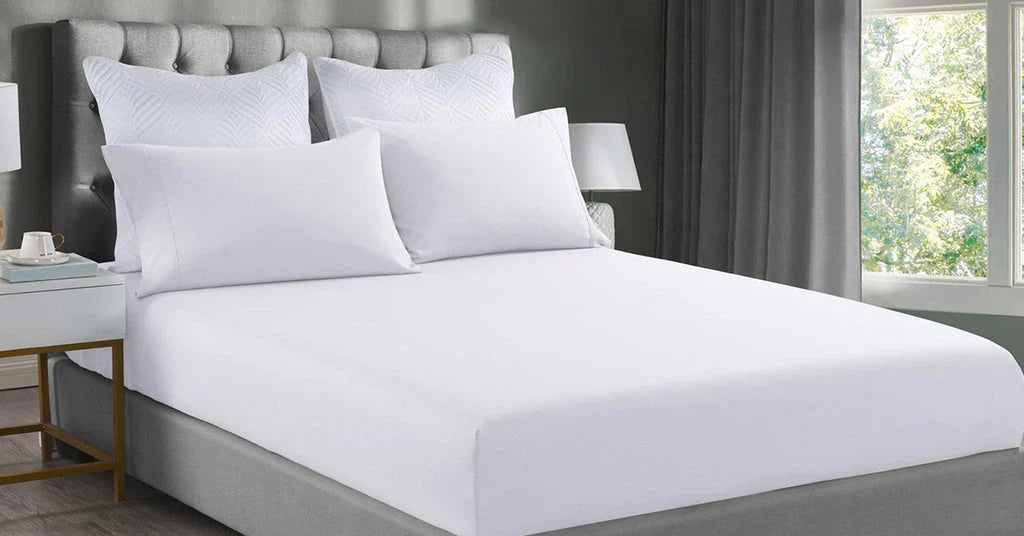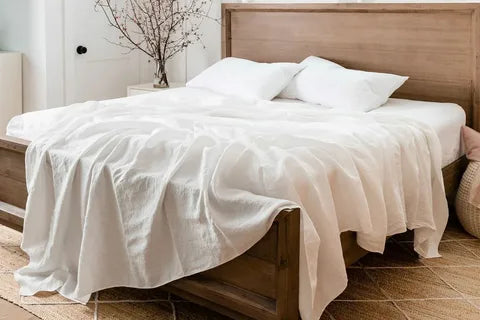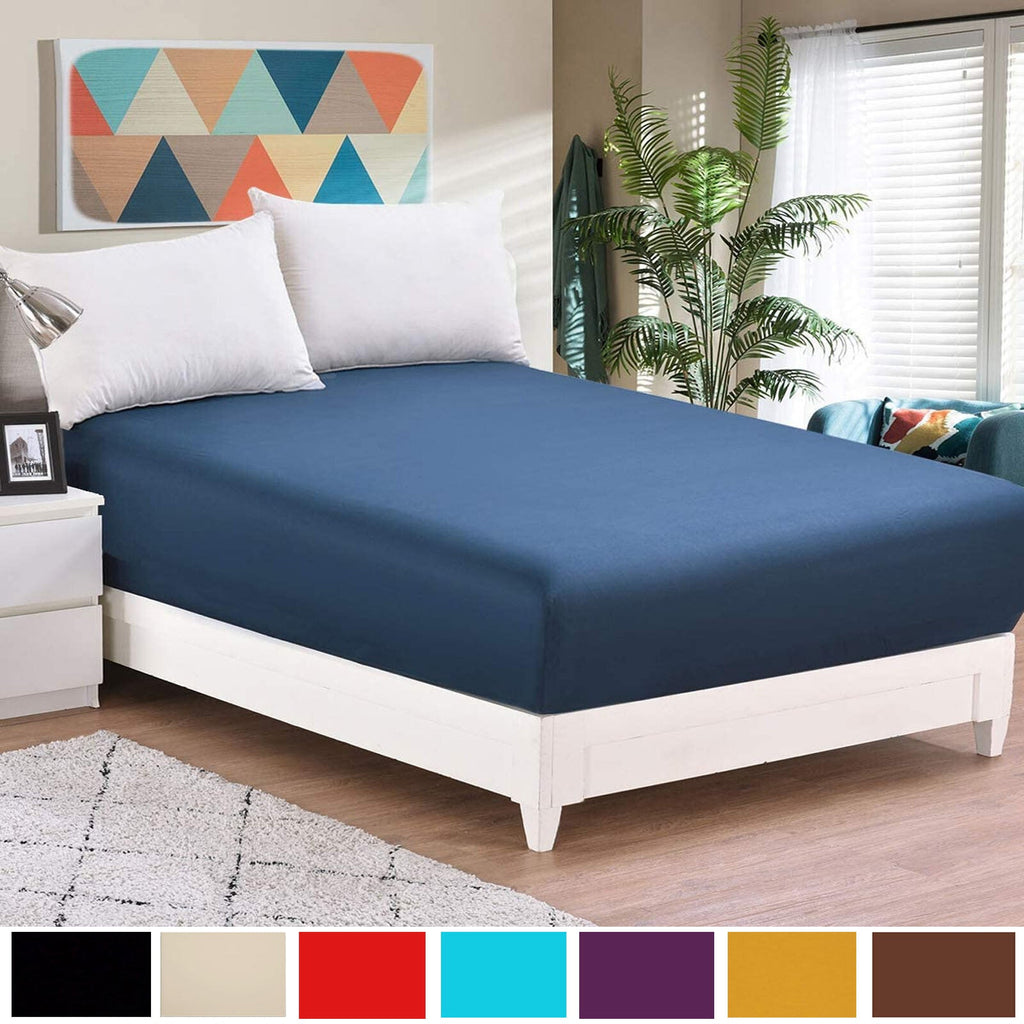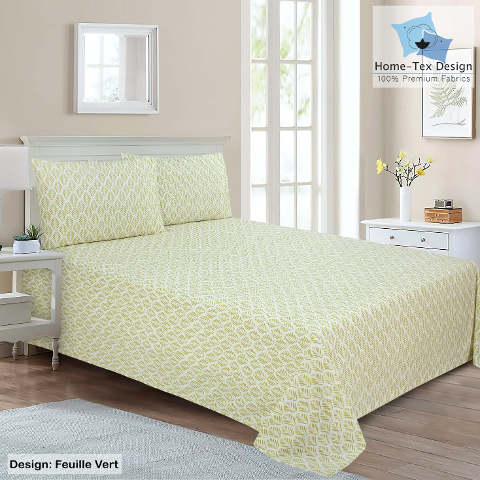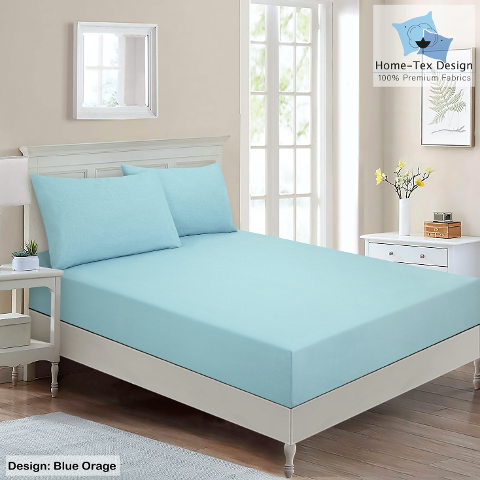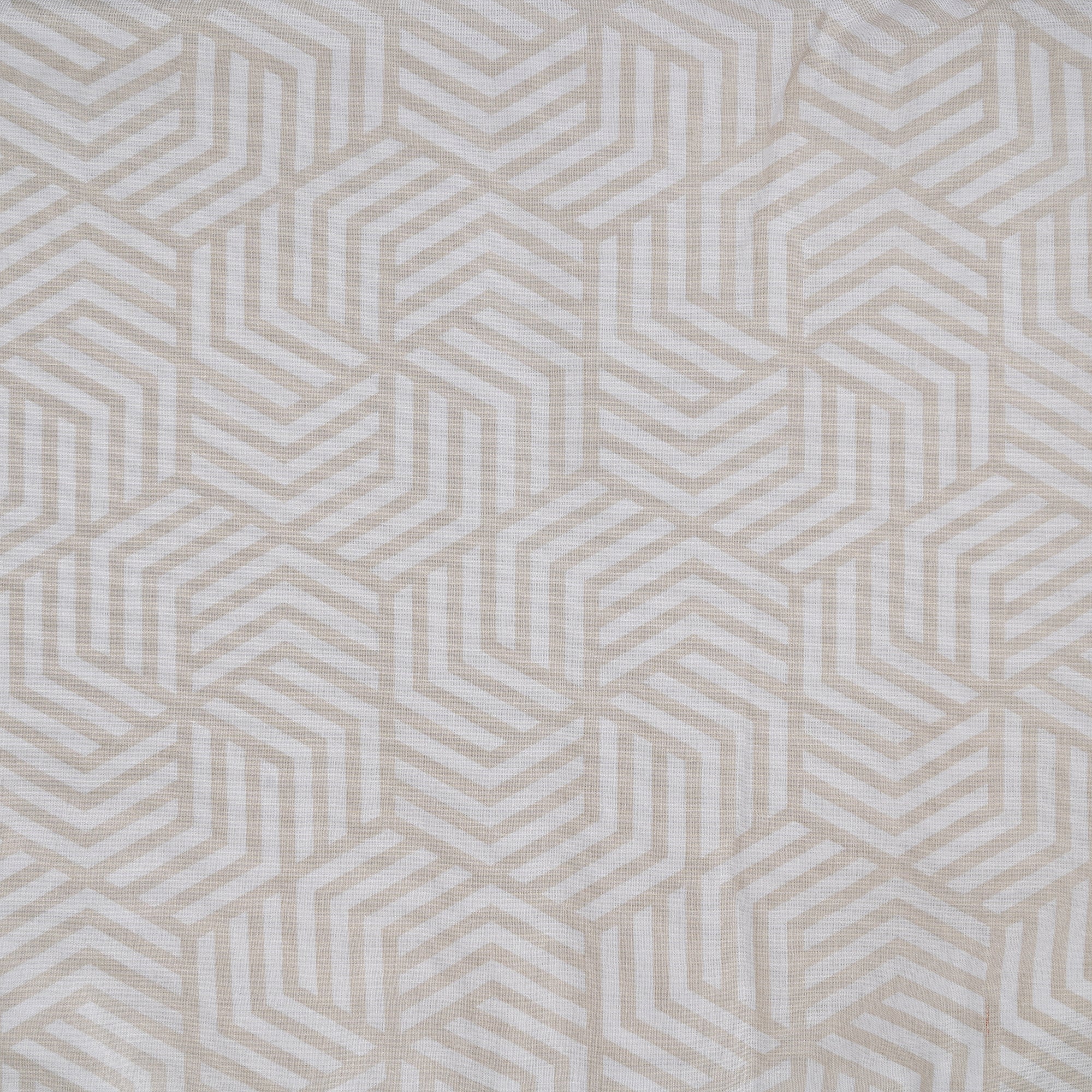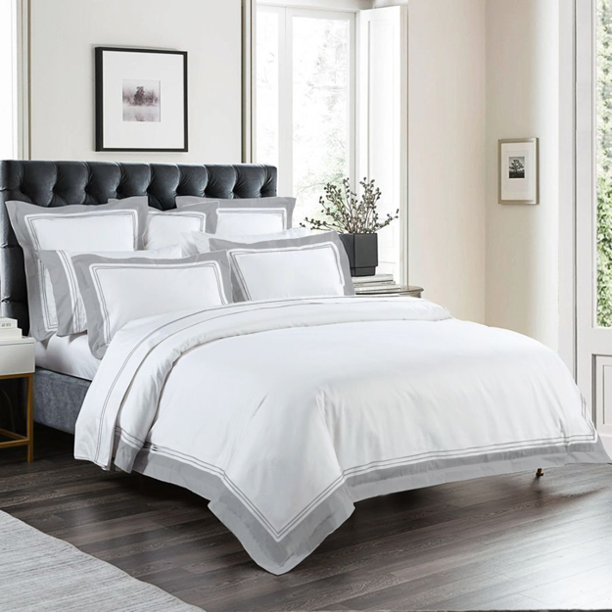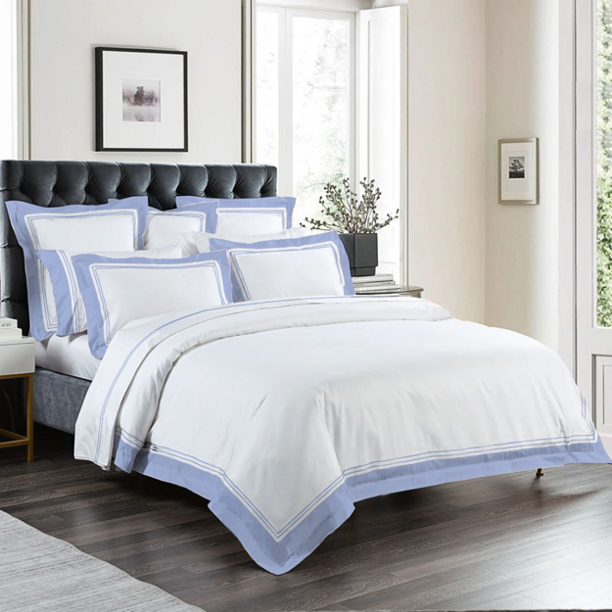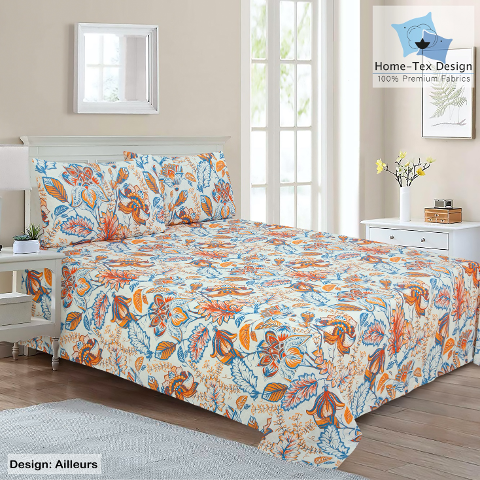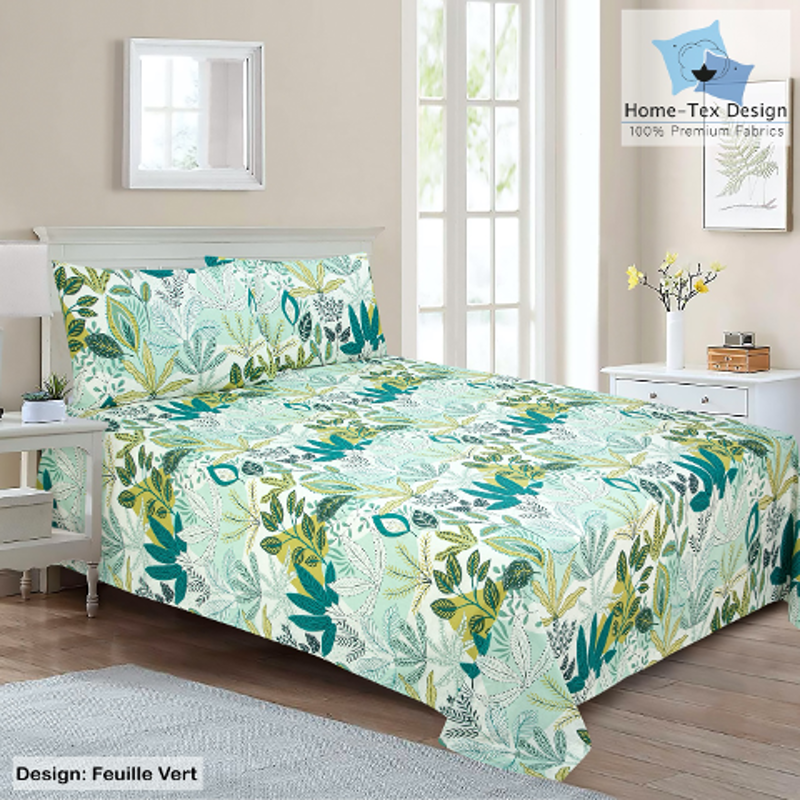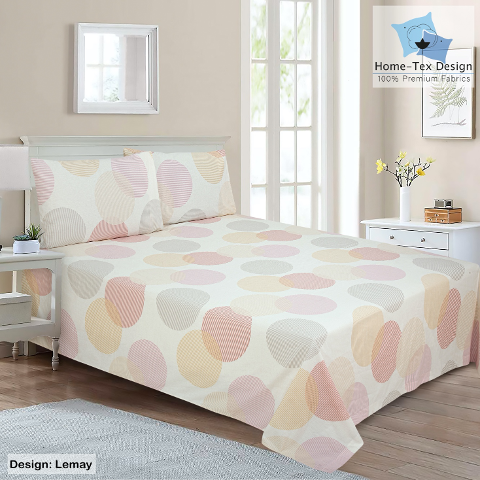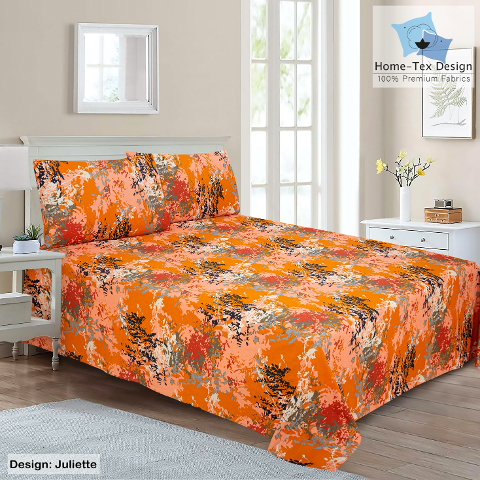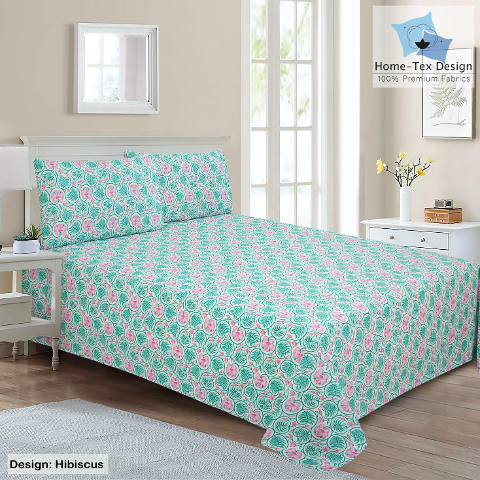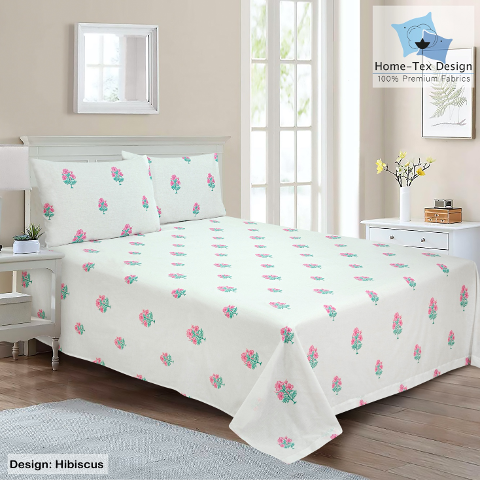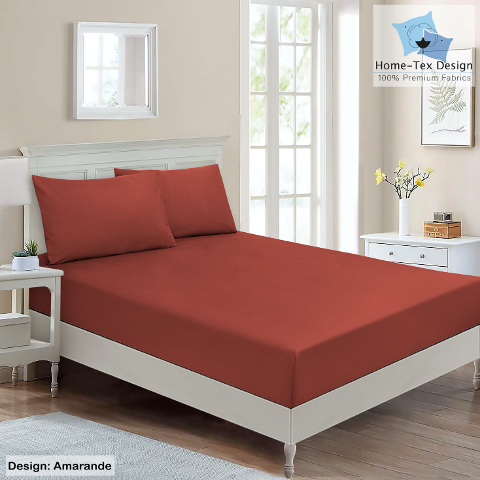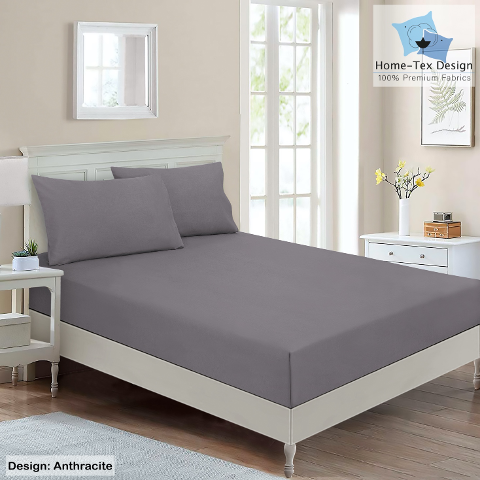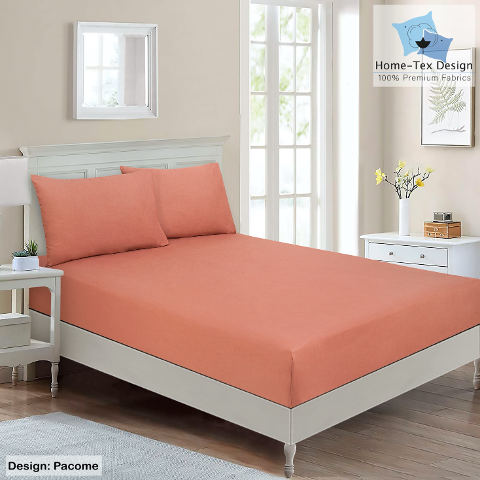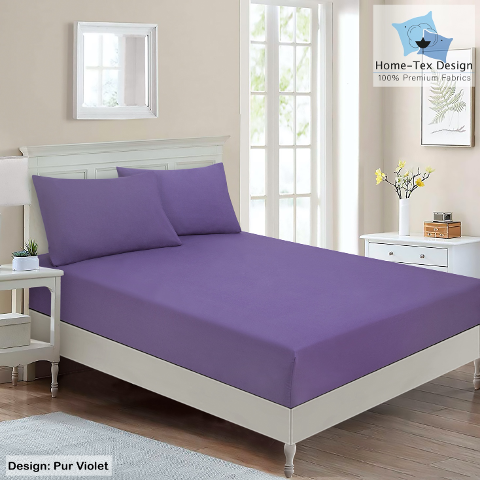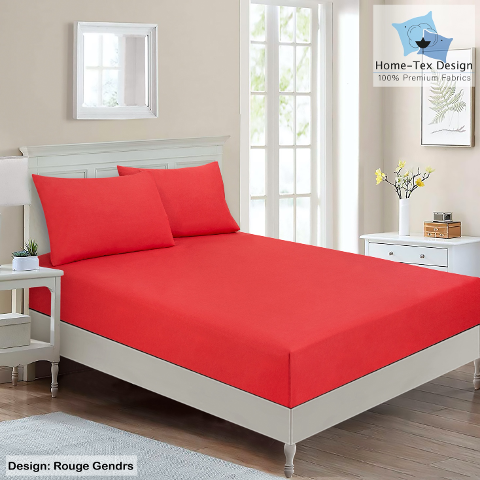
10 Research Tips to Buy Bath Towel Sets Near You in 2025

In recent years, concern for hygiene and home comfort has driven the bath towel market upward. The global bath towel market was valued at USD 11.3–11.5 billion in 2024 and is projected to grow to about USD 18.6 billion by 2034, reflecting rising interest in premium, eco-friendly, quick-drying, and antimicrobial towels.
Buying towels might feel simple, but a little research can save you from regrets over poor absorbency, slow drying, stiffness, or brittle appearance after a few washes. Here are 10 research tips to help you make a smart purchase near you in 2025.
1. Know the Material Types and What You Value
Different materials offer different benefits:
-
Cotton (especially Egyptian, Turkish, or long-staple cotton) is soft, durable, and highly absorbent.
-
Bamboo or bamboo-cotton blends offer eco-friendly credentials, gentler feel, and sometimes better moisture management.
-
Microfiber and synthetic blends tend to dry faster, are lighter, but may have trade-offs in feel or breathability.
Understanding material differences lets you decide whether you prioritize softness, drying speed, sustainability, or budget.
2. Look at GSM and Weight
GSM stands for grams per square meter. It quantifies towel density:
-
Towels with 500–600 GSM are plush and heavy — luxurious feel but take longer to dry.
-
Towels around 350-450 GSM are mid-weight: decent absorbency, reasonable drying time.
-
Lighter towels (300 GSM or less) dry quickly and are good for humid climates or travel, though they may feel less plush.
Inspecting GSM (often on tags or product specifications) is one of the most reliable ways to judge what you’re really buying.
3. Check Weave, Texture, and Finish
The way the towel is woven influences performance and feel:
-
Terry cloth / looped pile towels trap more water and feel plush.
-
Flat-weave or waffle weave towels are lighter, often faster drying.
-
Finishes such as enzyme washes, zero twist, or finishing treatments (like softeners or antimicrobial coatings) affect softness, a smooth feel, and hygiene.
Also, check edges and hems; double stitching helps prevent fraying after washes.
4. Compare Prices and Market Trends Locally
Understanding what the market is doing can help you spot value deals or trends. For example, the global market is growing at a CAGR of around 5.1%–5.2% over 2025-2034, showing growing demand for better towels with hygiene, eco-friendly, or antimicrobial properties.
Within that growth, the cotton segment continues to dominate revenue shares (often around 47-65%), but niche segments (bamboo, microfiber, quick-dry, antimicrobial) are rising faster. Offline retail still holds a large share of bath towel sales (people like to touch and feel), but online channels are growing quickly. When buying locally, you may be able to look at both physical shop options and online local retailers to compare quality, price, and return policies.
5. Prioritize Hygiene Features
Because towels stay damp, they can harbor bacteria if not made or treated well. Research whether the towel has:
-
Antimicrobial or silver ion treatments
-
Certifications like OEKO-TEX, GOTS, BCI (for cotton)
-
Mold and mildew resistance
These features matter especially in humid climates or when towels are used daily. A towel with good hygiene treatments may cost a bit more but will stay fresher longer.
6. Inspect Size and Practical Usage
Towel size matters depending on purpose:
-
Bath towel (standard) for everyday bathing use
-
Bath sheet (extra-large) if you prefer more wrap or comfort
-
Hand towels, face towels, washcloths — make sure the set has all you need
Also think about weight when wet, drying space available (sunlight, ventilation), and storage space. Heavier towels may feel luxurious but can be cumbersome if you have limited drying space.
7. Feel Test Whenever Possible
If buying locally:
-
Touch the towel: softness, thickness, rigidity
-
Squeeze to assess water absorption and drying speed
-
Smell for chemical or dye odor
If buying online:
-
Look for high-quality images, close-ups of fibers and loops
-
Read user reviews especially about first few washes (does it lint, shrink, fade)
-
Check if product descriptions include GSM, material origin, finishing treatments
8. Durability After Washe
A towel may seem great at first, but how it holds up after washing is key. Ask or look for:
-
Shrinkage information
-
Colorfastness (does color bleed)
-
Linting or pilling
-
Edge stitching durability
You may find reviews or forums (local WhatsApp groups or social media) where people share long-term experience with brands available in your area.
9. Local Availability and Return Policies
Buying near you means lower shipping, easier returns, and possibly feel the towel before purchase. Research:
-
Local stores stocking the brand: home goods stores, department stores, specialty boutiques
-
Return or exchange policies (especially if it's color, texture, or size issue)
-
Warranty or product guarantee from the brand
Also check whether the brand offers deals, bundle sets, or seasonal sales — sometimes close-out or overstock sets are good value.
10. Sustainability, Ethical Source & Certifications
More consumers in 2025 expect hillside products to be sustainable and ethically made. Research:
-
Where the cotton/bamboo is sourced from
-
Whether manufacturing practices are fair, electric/water usage is minimized
-
Certifications: GOTS, OEKO-TEX, Fair Trade, Better Cotton Initiative (BCI)
Sustainable towels may cost more, but they often last longer, use safer dyes, and support better practices.
Why These Tips Matter
Putting all this together helps you avoid common pitfalls — buying a towel that looks good but sheds lint, fails to absorb well, fades or deteriorates quickly, or isn’t worth the price. Given projected market growth (e.g. USD ~11.3-11.5 billion in 2024 with ~5.1% CAGR to over USD 18.6 billion by 2034) the competition among brands to offer better materials, finishes, and features is increasing sharply.
Also, online retailers are expanding, and physical retailers are emphasizing experience (touch, feel, see), which shows that the decision process is becoming more informed and discerning.
Conclusion
Choosing the right bath towel set in 2025 involves more than just picking a color or a brand. It’s about matching materials, durability, size, hygiene, usage, sustainability, and local availability. Use these research tips to compare what’s offered near you with what you really need — whether it’s plush spa-style towels, quick-dry gym sets, or eco-friendly options.
If you want templates, retailer directories, or tools to help narrow choices by material, price, and ethical ratings, HomeTex Design can be a surprisingly useful resource — it helps you access local supplier info and product specs. With good research, you’ll end up with towels that feel good, perform well, last long, and match your values.

